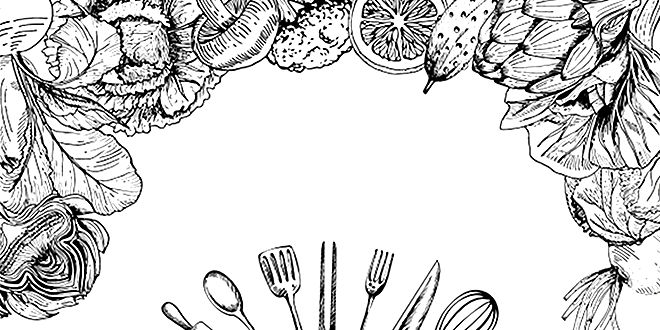Question: Name few varieties of bees used for commercial honey production.
Answer:
Apis cerana indica – Indian bee
A. dorsata – rock bee (local varieties)
A. florae – the little bee
A. mellifera – Italian bee variety
Question: What decide the quantity and quality of honey production in apiary?
Answer:
- For quality of honey: The pasturage, f.e., the kind of flowers available to the bees for nectar and pollen collection will determine the taste of the honey.
- For quantity of honey: Variety of bee used for the collection of honey. For example, A. mellifera is used to increase yield of honey.
Question: How are crops useful to us? What do they provide?
Answer: Crops provide us food for our daily body nutrient. Carbohydrate for energy
requirement – Cereals such as wheat, rice, maize.
Protein for body building — Pulses like gram, lentil
Fats for energy — Oil seed like mustard, sunflower
Vitamins and minerals — From vegetables, spices and fruits
Fodder crops — For livestocks
Question: What are the factors for which variety improvement of crop is done?
Answer:
- Higher yield: It increases production of crop.
- Biotic and abiotic resistance: Crop should be resistant to biotic factors
like diseases, insects, pests and abiotic factor like drought, salinity, heat, cold, frost and water logging. - Change in maturity duration: Short-duration maturity allows farmer to grow more crops in a year and reduces the cost of crop production.
- Wider adaptability: Crop’should be able to adapt to changing environmental conditions.
- Desirable agronomic characteristics: The tallness and dwarfness of crop. Dwarfness is required for cereals, so that less nutrients are consumed.
Question: Name the sources and the nutrients supplied by them to the plants.
Answer:

Question: What are manures? Give its classification.
Answer: Manures contain large quantities of organic matter and supplies small quantities of nutrients to the soil. It is prepared naturally by the decomposition of animal waste, excreta and plant waste.
- It helps in the soil enrichment with nutrients.
- It helps in improving the soil structure.
- It helps in increasing the water holding capacity in sandy soils.
- In clayey soils it helps in the water drainage and prevent water logging.
Manure is classified based on the kind of biological material used to make it as:
- Compost: The farm waste and livestock excreta, along with vegetable waste, sewage waste, weeds, straws etc. are allowed to decompose in a pit is called compost. The compost is rich in nutrients.
- Vermi-compost: When the above given matter is allowed to decompose in the pit along with some earthworms, the decomposition speeds up and is called vermi-composting.
- Green manure: Some plants like sun-hemp or guar are grown and then mulched by ploughing them into the soil. This is done before the sowing of crop seeds into the field.
These green plants present in the soil acts as green manure which enriches the soil in nitrogen and phosphorus.
 Class Notes NCERT Solutions for CBSE Students
Class Notes NCERT Solutions for CBSE Students



